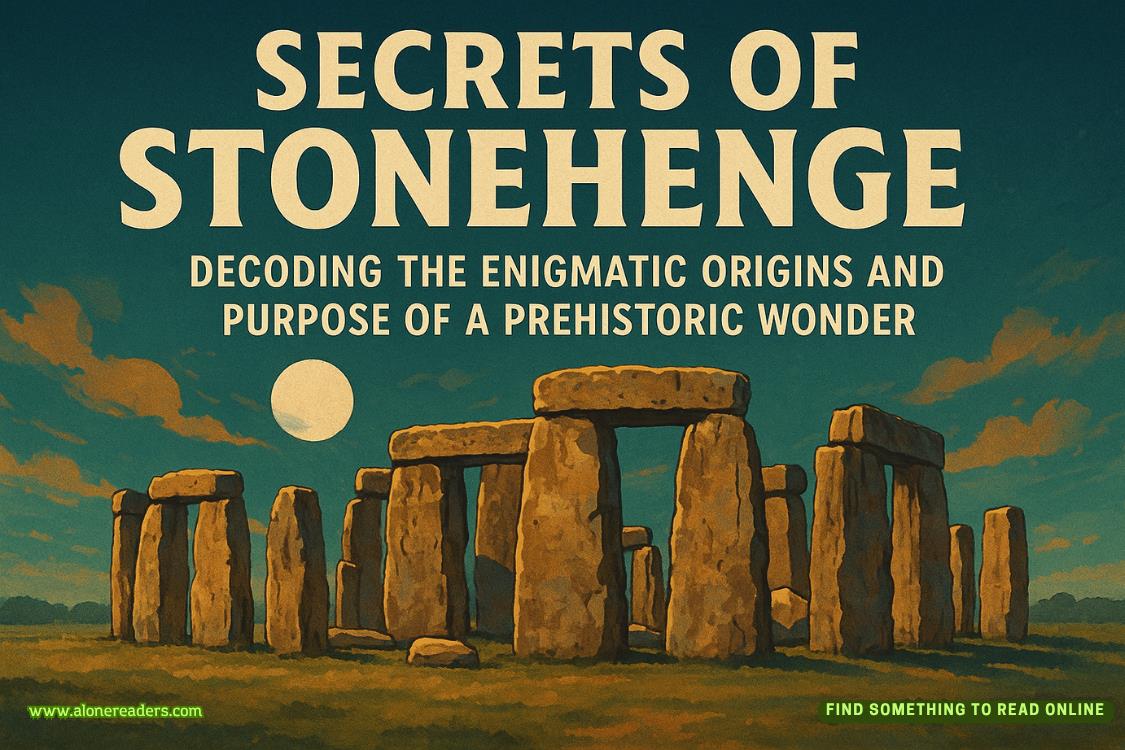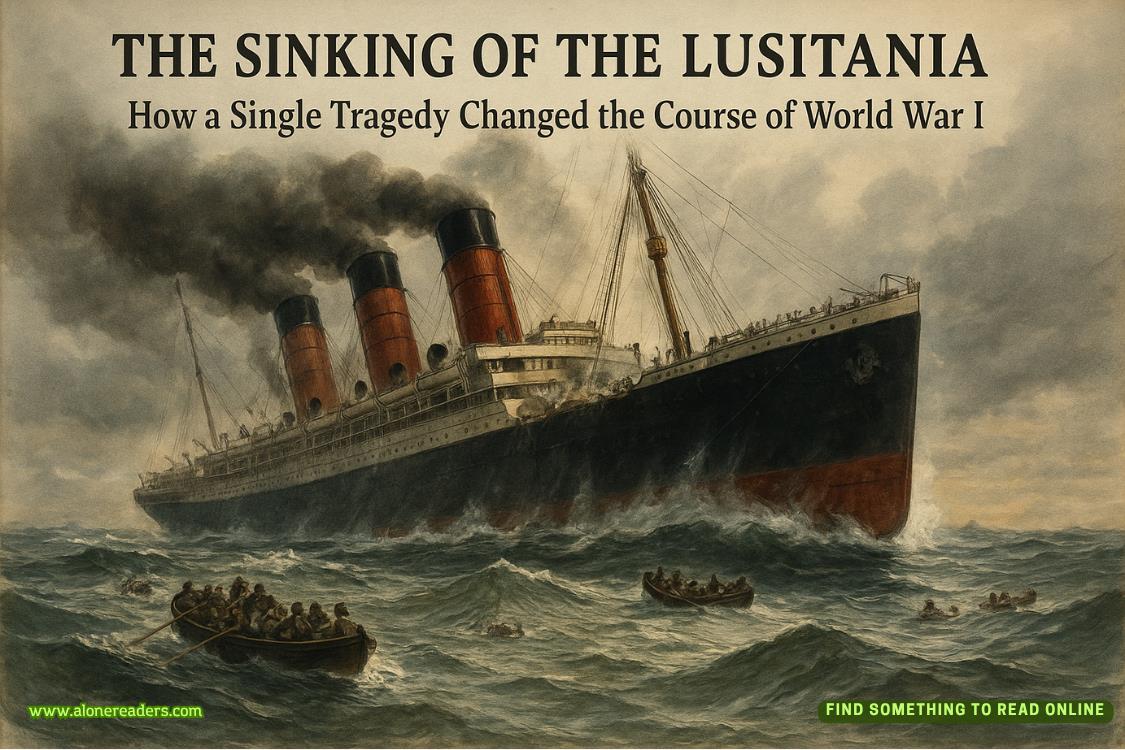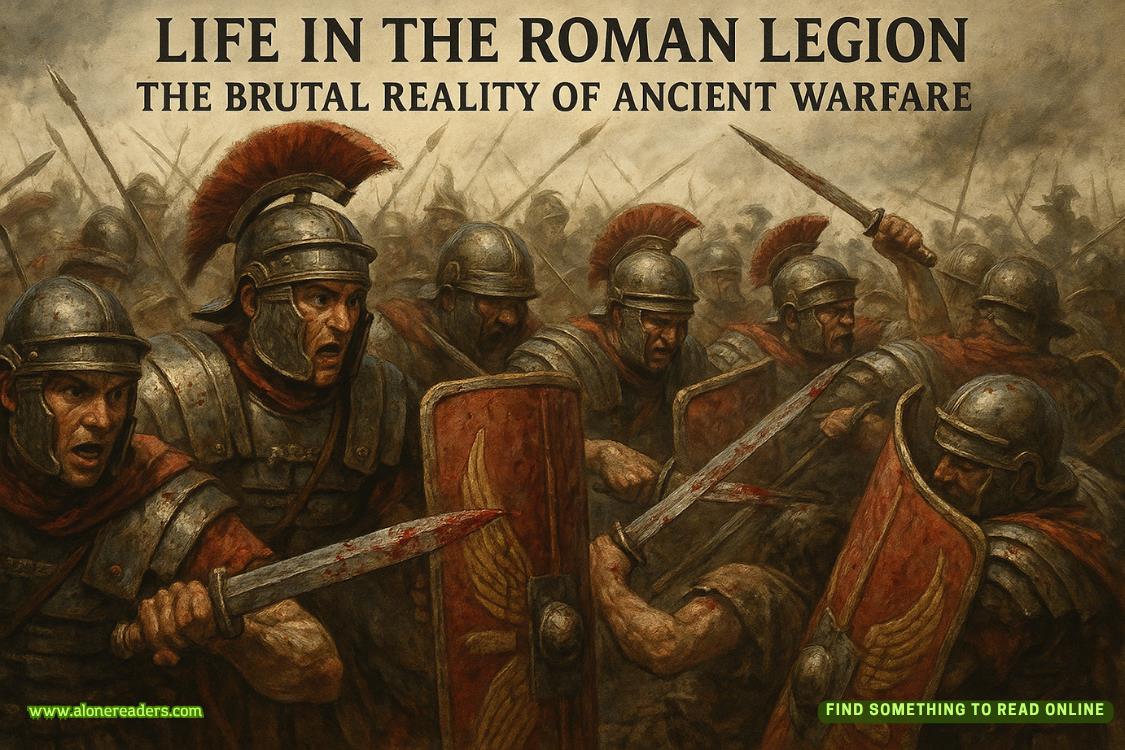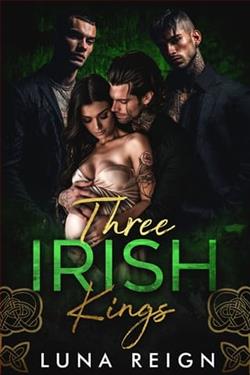Page 354 of DATE
In such chaotic times, trying to maintain any warm and beautiful traditions felt like an extravagant wish.
When Hedy arrived at the Florence Cathedral, the priests, upon seeing her, showed expressions of fear and humility, all bowing their heads in reverence.
She made her way down the long corridor, following her memory to find his location.
The man was bowing his head, carefully applying paint, hisexpression relaxed and serene.
Hearing her hurried footsteps, he paused, looking up at her. “Hedy?”
“I—I’m so sorry,” she panted, standing still. Looking at him, she dryly said, “I’ve been dealing with business and industrial affairs lately. I’m sorry I’ve been neglecting you.”
It seemed like they hadn’t seen each other for six or seven days, and she couldn’t even remember what time she fell asleep in the office each night.
“I’ve just returned from the Florence Academy,” Leonardo said with a gentle smile, his tone tinged with a bit of playful teasing. “After all, we’re both almost late for a wedding—perhaps that’s what we like about each other.”
She chuckled softly, moving closer to the "Last Supper" painting.
The placement of the figures and their relationships were quite clear, but everything was still in the sketch phase.
It would probably take another three or four years before the painting was fully completed.
“But... I really haven’t seen you paint in so long,” Hedy said, familiar with the routine as she stirred the paint for him, her tone carrying a hint of nostalgia. “How many people used to line up outside the workshop waiting for you to start painting, almost desperate to shove their money bags into my face.”
Leonardo had originally intended to talk to her about his agreement with God, but he simply smiled and continued to apply the thin, transparent egg tempera.
He had added a lot of linseed oil to the oil paint, which helped further adjust the texture of the painting.
Hedy rolled up her sleeves, handing him tools as her gaze fell on the faint grid marks.
“Leonardo, what is this?”
“These are auxiliary lines to determine placement,” Leonardo answered, half-surprised. “Don’t you use these when you paint?”
“Auxiliary lines?” Hedy took a step back, staring at the faint checkerboard-like lines.
Suddenly, something came to her, and she turned to look at him. “Leonardo, how did you learn to paint?”
All of Florence, or rather, all of Europe, was currently swept up in the painting craze.
But painting, at this time, was more of a “technical craft” than what we now consider “artistic creation.”
The traditional masters had established a series of rules, instructing apprentices to replicate exactly what they saw.
They used grid lines like a chessboard to divide the space completely. As long as the apprentices traced the corresponding lines within each square, they could complete the task.
Under this method of teaching, children quickly grasped the essence of copying—
As long as the masters created rough sketches, the apprentices could replicate the painting onto wood or walls, joining others to finish the artwork.
—And when Leonardo was young, he too learned in the same way.
But he added his own thoughts to the process, and his paintings were completely different from everyone else’s.
When Leonardo was in his teens, he initially helped his teacher, Verrocchio, paint the small angel figures in his works. But this angel truly had the sparkle of a child, with plump cheeks and chubby little hands, every detail capturing the most captivating and lingering gaze.
—After that, all the angels in Verrocchio's workshop were entrusted to him.
Later, when Hedy arrived at his own workshop, the two of them began dissecting the human body under the guise of alchemists, delving deeper into the intricate connections—how certain muscles would stretch and deform when raising an arm, or howdifferent parts of the body would react when lifting the gaze and smiling. Beneath the skin, these movements would ultimately reveal themselves on the surface in a unique way.















